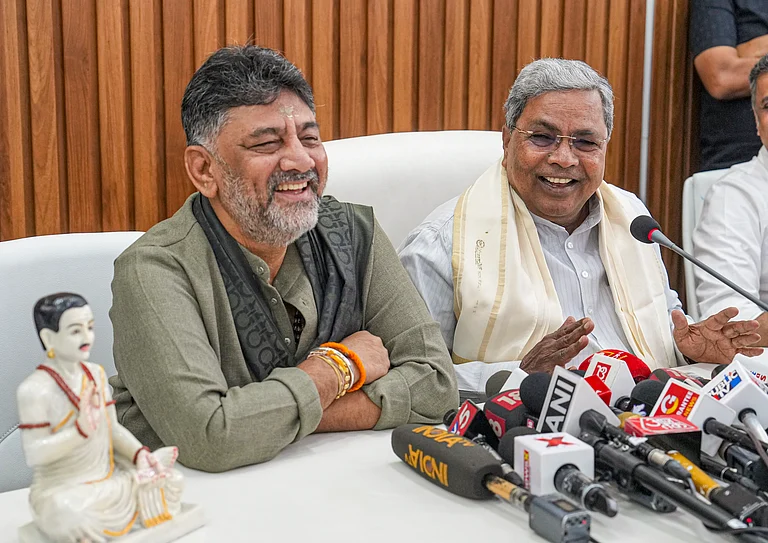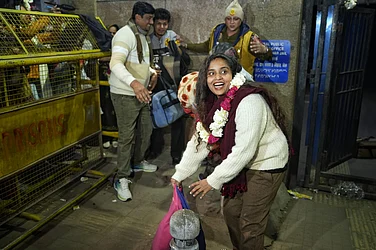The grazing lands along the undelineated line of actual control (LAC) between India and China are turning into no-go areas for herders, adversely affecting their livelihood which is mainly dependent on livestock.
The lack of access to grazing lands has forced the Ladakh families to sell their livestock and turn to menial jobs to earn their livelihood.
The herders are facing hardships in rearing their livestock as the grazing fields are turned into buffer zones between India and China during subsequent disengagement processes, Konchok Stanzin, a local politician from eastern Ladakh Chusul region, told Outlook.
“Because of the non-demarcation of the border area, these problems will keep on cropping up,” said Stanzin, who is also a councilor in the Ladakh Autonomous Hill Development Council from Chushul.
“Just imagine where our border was in 1962 or for that matter where it was in 2018 and now see where it is today. And it is changing to the disadvantage of India. That is why we are for the proper demarcation,” he said.
After the announcement of troop disengagement on the Western Himalayan border of Ladakh in Gogra hot in September, Stanzin said India has lost huge grazing land to the no man’s land.
Stanzin has been saying that local people and local elected leaders should have a say in the matters of negotiation with the Chinese as it is their land that is being discussed and exchanged.
“If we go for moratorium today on about two km on both sides of the border, it would put India into a disadvantageous position as these areas were our grazing lands. This is our experience of the past two years,” he adds.
Last week, the BJP MP from Ladakh Jamyang Tsering Namgyal told reporters in New Delhi when asked about reports of China's People's Liberation Army (PLA) stopping Indian villagers from taking their livestock to forward areas in Ladakh for grazing, said that the border (between India and China) is not demarcated and the since the border is not demarcated, some issues came up in the past and some are surfacing now. He said these issues will keep on surfacing. He also that the Modi government is developing grazing land, road connectivity and telecommunication facilities are being enhanced so that people don't have to migrate from those areas. They will not allow.”
Stanzin said the MP is right as the lack of demarcation is creating problems for the herders. “In Chushul for instance earlier Black Top, Helmet Top, and Rigzin La are the winter grazing lands of Chushul. Recently we had a meeting with the Army and they have assured us that in this winter they would allow our herders to these grazing lands. We are waiting for the green signal,” he adds.
In a joint stamen in September, India and China announced pulling back from Gogra Hotsprings- a border flashpoint in eastern Ladakh – where the armies of two countries have been locked in a face-off situation for two years. The move comes after a series of talks between the militaries of the two countries in the last two years.
“… to the consensus reached in the 16th round of India China Corps Commander Level Meeting, the Indian and Chinese troops in the area of Gogra-Hotsprings (PP-15) have begun to disengage in a coordinated and planned way, which is conducive to the peace and tranquillity in the border areas,” the joint statement by the two countries issued on September 8 said.
Locals say in the disengagement process around Kugrang valley, comprising major pastures for Pashmina goats in cold desert Ladakh, have become a buffer zone. Nearly 113 families living around Kugrang valley have domesticated 4000 Pashmina goats and several hundred yaks which are completely dependent on the grass and fodder from these pastures.
Due to the loss of pastures, the local people are moving away from livestock, Stanzin said.
“This constant search of alternative grazing land for their livestock is making life hard and difficult for the herders,” says Stanzin.


























